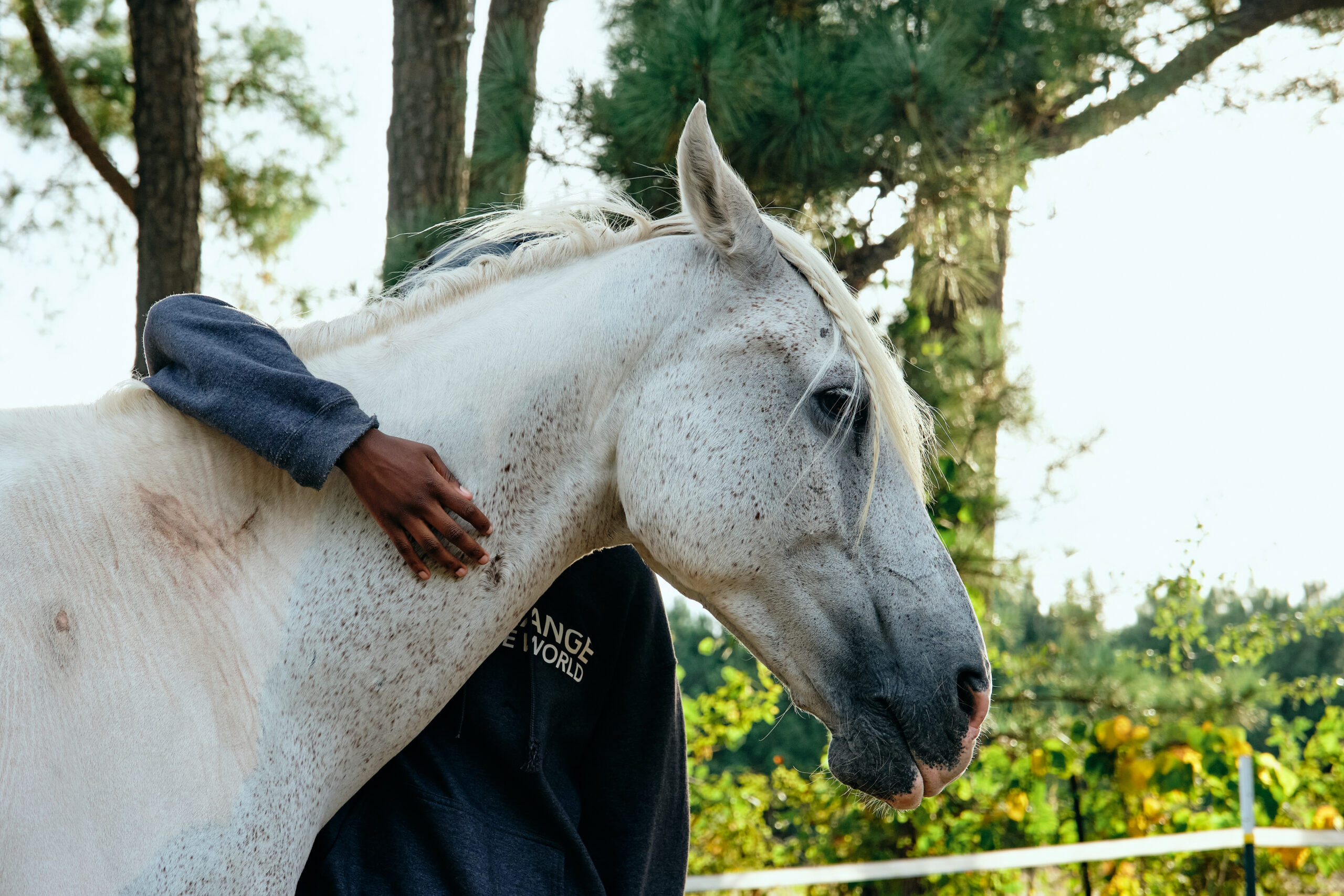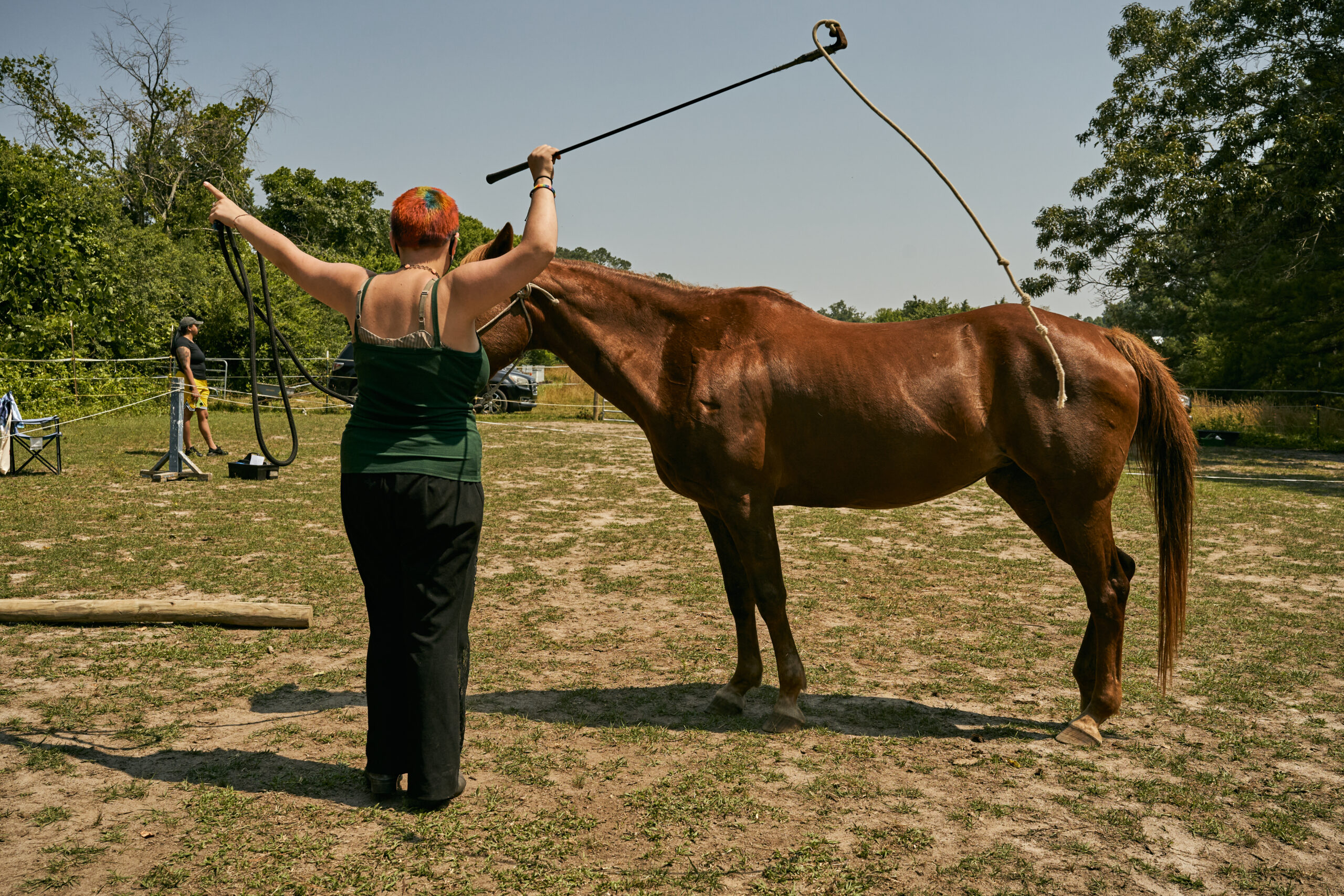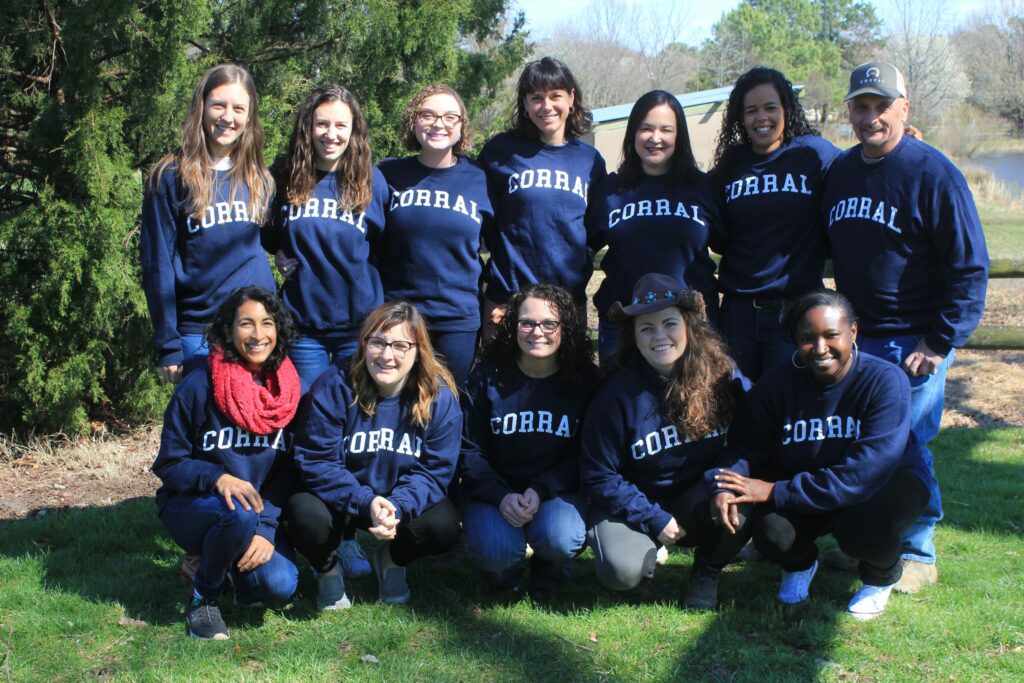The old saying “trust your gut” is often spoken with encouragement for an individual trying to make a decision. The tenth cranial nerve and the longest of all 12 cranial nerves in the body, the vagus nerve, is the brain-gut connection in our bodies. Originating in the brainstem, it connects several organs instrumental to our functioning including the lungs, heart, stomach, and intestines. It is part of the parasympathetic nervous system (PNS), the “rest and digest” system in our body that leads to calmness and recovery from illness and disease. For optimal health, we want to be in parasympathetic dominance but unfortunately, most people in our culture live in the sympathetic nervous system (SNS) world of chronic stress and hyper-alertness.
Trauma travels into the body via the vagus nerve and latches tightly creating new narratives that are clouded by fear and distrust. What emerges is a constant state of arousal and many individuals can get stuck in a shutdown and disconnected state. 70% of adults in the U.S. have experienced trauma at least once in their lives. That’s 223.4 million people. Women are twice as likely as men to develop post-traumatic stress disorder. At CORRAL, many of the girls arrive in an SNS-dominated state, in survival mode, unable to open up. The “fight or flight” mentality consumes their bodies and minds.
Through equine and behavioral therapy at CORRAL, their brain-gut connection is healed and what emerges is PNS dominance, a sense of safety and control. Group therapy is part of the therapy model at CORRAL and when observing the girls in a group working together with five horses, I witnessed this healing. The goal of this session was to round up the horses into a large circle without using words to communicate. During the process, one of the horses took off and sprinted across the arena. One of the girls jumped out in front of the horse, waving her arms, feet firmly in the ground. Her reaction was not to run away but to stand firm, listen to her gut, and stop the horse. Her body/brain response was positive, her parasympathetic nervous system was active. There was no fight or flight reaction because she has done the work, trusted the process, and has made profound steps to recovery. In trauma, the primary emotion is often intense panic. In this moment, fear and panic were thrown to the side and strength emerged in the face of danger.
At CORRAL, we’re providing services to our girls that truly empower them to create the lives they dream of. Please consider supporting our program here. We rely on the generosity of our community to provide access and opportunities to these underserved girls.





